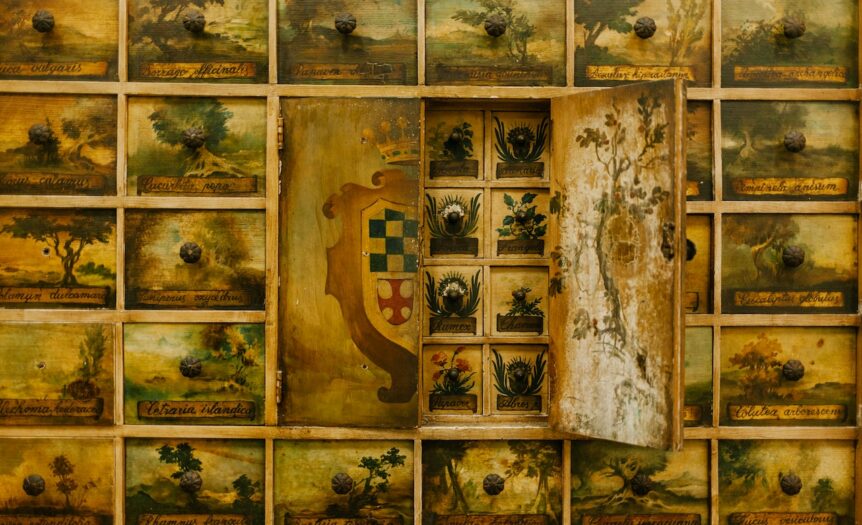What is the Difference between Something Antique and Something Ancient?
When it comes to distinguishing between something antique and something ancient, there is often confusion due to their similar connotations. However, these two terms have distinct meanings that set them apart.
Antique: The term “antique” refers to an item that is of considerable age, typically over 100 years old. It encompasses a wide range of objects such as furniture, artworks, jewelry, and collectibles. Antiques hold historical significance and are valued for their craftsmanship, rarity, and aesthetic appeal.
Ancient: On the other hand, “ancient” refers to something that dates back to a much earlier period in human history. It denotes a time long before the modern era or even recorded history. Ancient artifacts are often archaeological discoveries from civilizations that thrived thousands of years ago, like Egyptian pyramids or Roman ruins.
Exploring the Origins of Myths and Legends
Myths and legends have captivated human imagination since time immemorial. These tales have been passed down through generations as a means of explaining natural phenomena or conveying moral lessons within societies. But where do myths and legends originate?
The origins of myths can be traced back to ancient cultures across different regions of the world. They were born out of humanity’s desire to make sense of complex phenomena that seemed beyond their comprehension at the time. Myths often revolve around gods, goddesses, heroes, supernatural beings, creation stories, or explanations for natural events such as thunderstorms or solar eclipses.
Unveiling the Truth Behind Ancient Myths
As we delve into ancient myths, it’s important to approach them with a critical mindset. While these stories were meaningful to the cultures that created them, not all aspects should be taken as literal truth. Many myths are steeped in metaphor and symbolism, offering insights into human psychology and the values of societies.
Archaeological evidence can shed light on the historical context surrounding ancient myths. By studying artifacts, inscriptions, and remains left behind by past civilizations, researchers gain valuable insights into the beliefs and practices of these ancient cultures.
Furthermore, comparative mythology allows us to identify common themes and motifs across different mythologies around the world. Similarities found in various cultures’ creation stories or hero’s journeys suggest shared human experiences and universal questions about our existence.
Unraveling the truth behind ancient myths requires careful analysis, interdisciplinary research, and an understanding of cultural contexts. Through this exploration, we can appreciate the enduring power of myths while recognizing their role as reflections of humanity’s quest for meaning.

Understanding the Concept of Antiquity
When it comes to distinguishing between something antique and something ancient, there are often myths and legends that cloud our understanding of these terms. To unravel the mysteries surrounding antiquity, we need to delve into their historical significance and analyze the symbolism behind ancient artifacts.
Antiquity refers to a time period that dates back to ancient civilizations. It encompasses objects, art, and relics from a bygone era that hold historical value. Contrary to popular belief, not everything old is classified as antique or ancient. There are certain criteria that determine whether an item falls into these categories.
Delving into the Historical Significance of Antiques
Antiques are typically items that have been crafted at least 100 years ago. They bear witness to human craftsmanship and offer glimpses into past cultures and societies. These unique pieces carry stories within them, reflecting the artistic styles, techniques, and materials used during specific periods in history.
To accurately identify an antique item, experts consider factors such as its age, provenance (origin), condition, rarity, and aesthetic appeal. By examining these aspects in detail, collectors can determine whether an object qualifies as an authentic antique or if it’s simply a reproduction.
These relics hold immense cultural significance as they connect us with our roots and help us understand our shared human history. They serve as tangible reminders of how far we’ve come in terms of technological advancements while also shedding light on past challenges faced by societies across different regions.
In conclusion, understanding the concept of antiquity requires unraveling the myths and legends surrounding it. Antiques and ancient artifacts play vital roles in preserving our history and heritage. By delving into their historical significance and analyzing the symbolism behind them, we can gain a deeper appreciation for these remarkable remnants of our past. Unraveling the Mystery of Antiques








